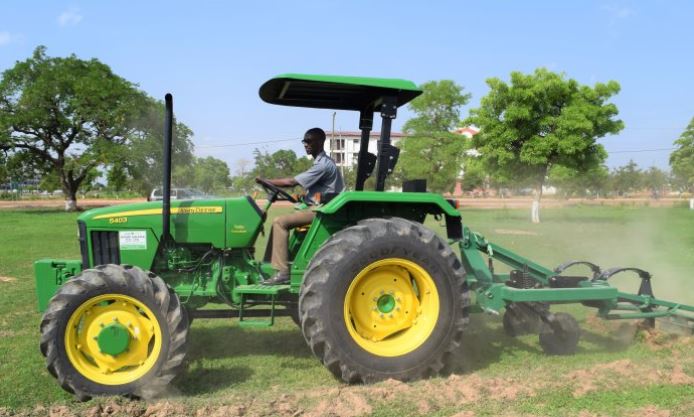with our monthly newsletter.
Through incentives, training and technical assistance, USAID's 5-year Financing Ghanaian Agriculture Project (FinGAP) has changed the way financial institutions and business advisory service providers engage in agriculture.

Since its launch in July 2013, FinGAP has facilitated over €123 million of finance and investment to over 2,700 agribusinesses in northern Ghana’s maize, soy and rice value chains, easily beating its target of unlocking €60 million of lending. How has it done this and what can banks and governments in other ACP countries learn from the project?
Build capacity
FinGAP’s main focus has been to cultivate a market for business advisory services provision and build capacity at more than 50 financial institutions by providing them with training on financing tools, introducing them to potential partners and clients, and changing the way they approach the agriculture sector. Before the project, many banks viewed agriculture as very high risk but, with the number of non-performing loans in FinGAP’s portfolio lower than the industry average, it has been able to demonstrate that the sector is a profitable business opportunity, says Amanda Grevey, manager of economic growth at Palladium, which implemented FinGAP.
Andrew Ahiaku, head of agribusiness finance at Barclays Bank Ghana – which outshone other participants by expanding its agri-lending in maize, soy and rice value chains from around €565,000 to just over €48 million – says FinGAP helped the bank develop the right structure and capacity to support agriculture financing. Ahiaku has learned that banks must develop a formal agri-lending strategy, create a dedicated team headed by an official who is senior enough to “engage in a meaningful way” with top management, and invest in training its members.
This article was written by Helen Castell for Spore. Click here to read the full article.
with our monthly newsletter.

